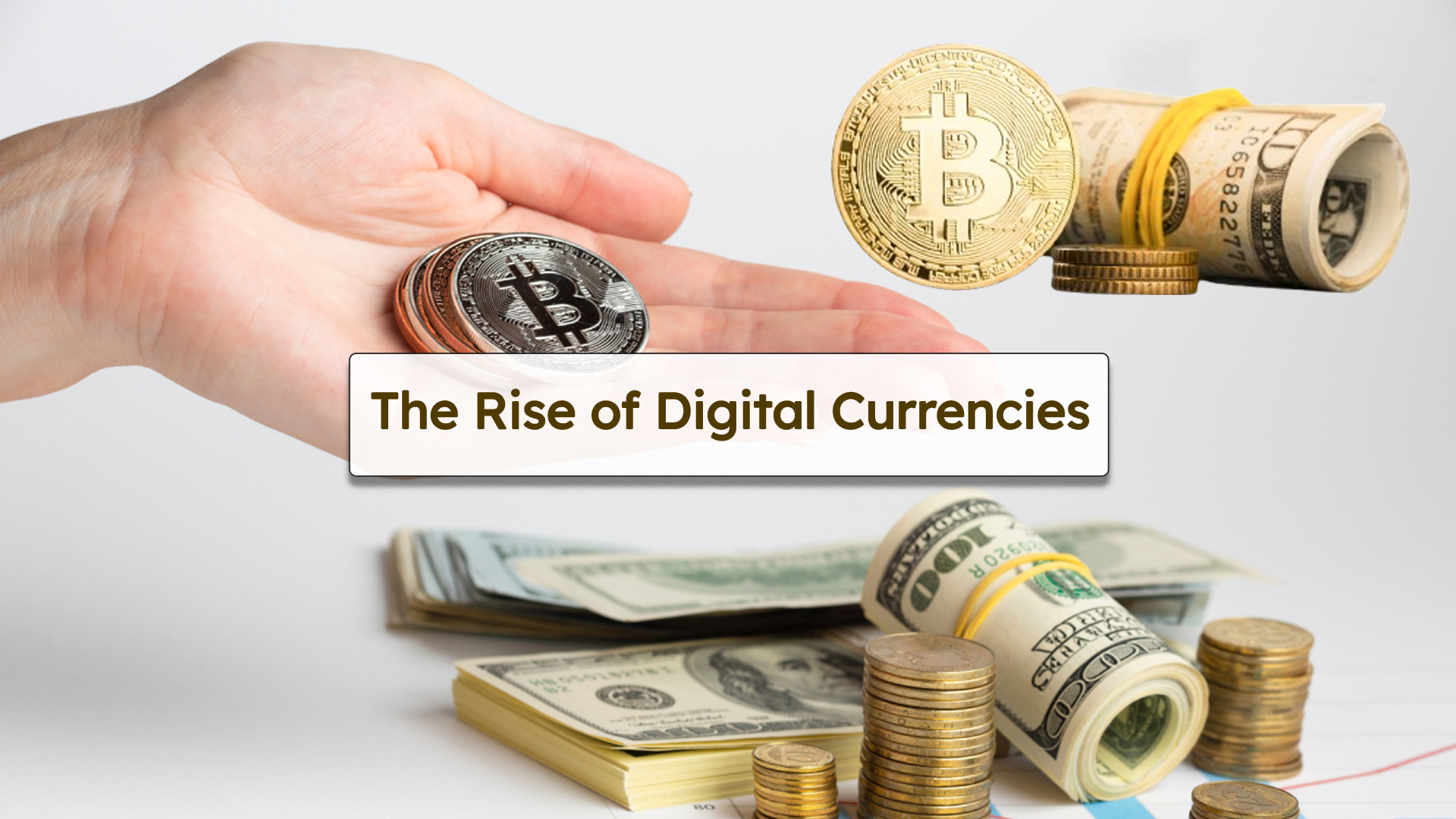In recent years, digital currencies, particularly cryptocurrencies like Bitcoin and Ethereum, have gained immense popularity. With promises of decentralization, security, and financial inclusivity, many enthusiasts believe that cryptocurrencies could eventually replace traditional fiat money. But can digital currencies truly take over as the primary medium of exchange?
The Appeal of Crypto currencies
Crypto currencies offer several advantages over traditional money. They operate on decentralized blockchain networks, eliminating the need for intermediaries like banks. This reduces transaction costs and increases the speed of cross-border payments. Additionally, cryptocurrencies provide financial access to unbanked populations, offering a new way for people to store and transfer wealth securely.
Another major draw is security. Blockchain technology ensures transparency and prevents counterfeiting, making transactions more secure than conventional banking systems. Moreover, some cryptocurrencies, such as Bitcoin, have a fixed supply, making them resistant to inflation, unlike fiat currencies that central banks can print at will.
Challenges and Limitations
Despite their benefits, cryptocurrencies face several challenges that hinder their widespread adoption. Price volatility is a major concern, as digital assets can experience extreme fluctuations, making them unreliable as a stable store of value. Governments and regulatory bodies also pose hurdles, as some countries have banned or heavily regulated the use of cryptocurrencies due to concerns over illicit activities and financial stability.
Another challenge is scalability. While blockchain networks are secure, they often struggle to process large volumes of transactions efficiently. High fees and slow transaction times on certain blockchains make cryptocurrencies less practical for everyday transactions.
The Future of Money
While cryptocurrencies are unlikely to fully replace traditional money in the near future, they are undoubtedly shaping the future of finance. Central banks are exploring Central Bank Digital Currencies (CBDCs), which combine the efficiency of digital transactions with government-backed stability. Meanwhile, businesses and institutions are increasingly integrating blockchain technology into their financial systems.
Ultimately, the coexistence of cryptocurrencies and fiat currencies may be the most plausible outcome. Cryptocurrencies could serve as an alternative financial system, offering individuals more choices in how they store and transfer money. Whether they will replace traditional money entirely remains uncertain, but their impact on the financial world is undeniable.


